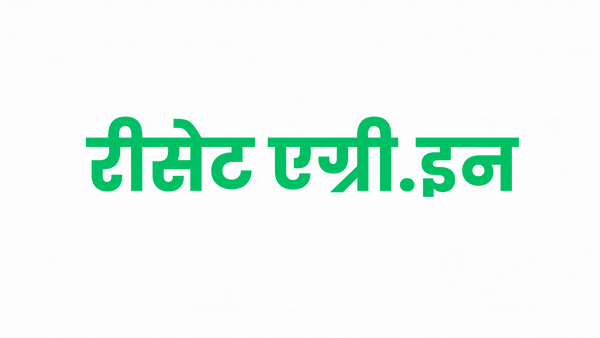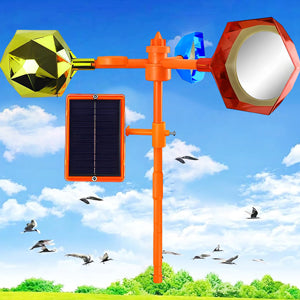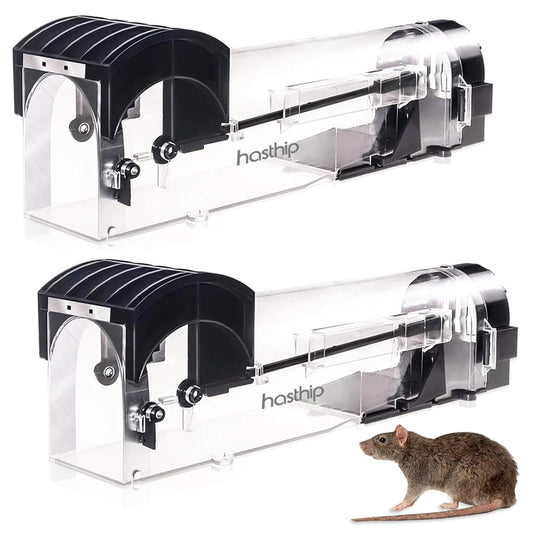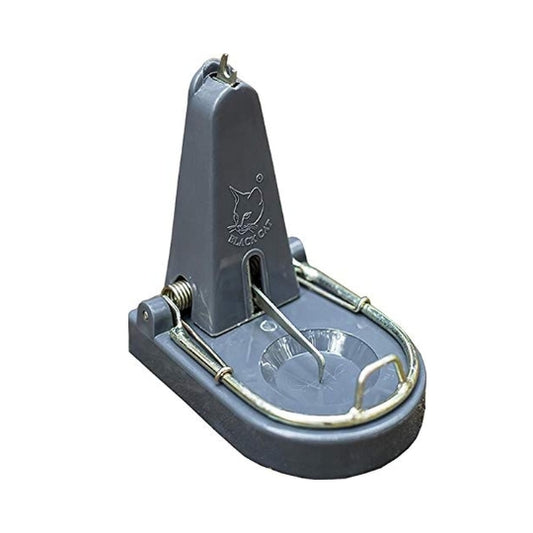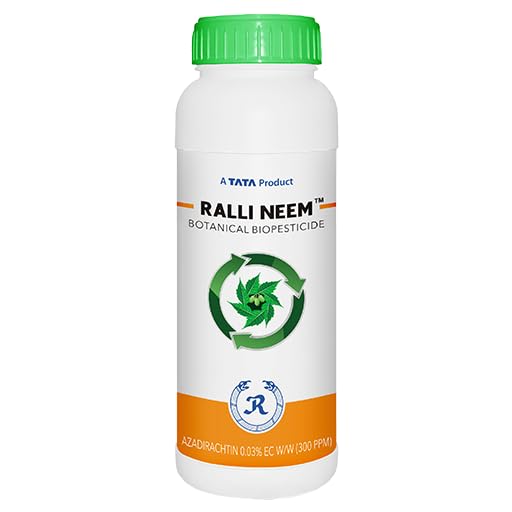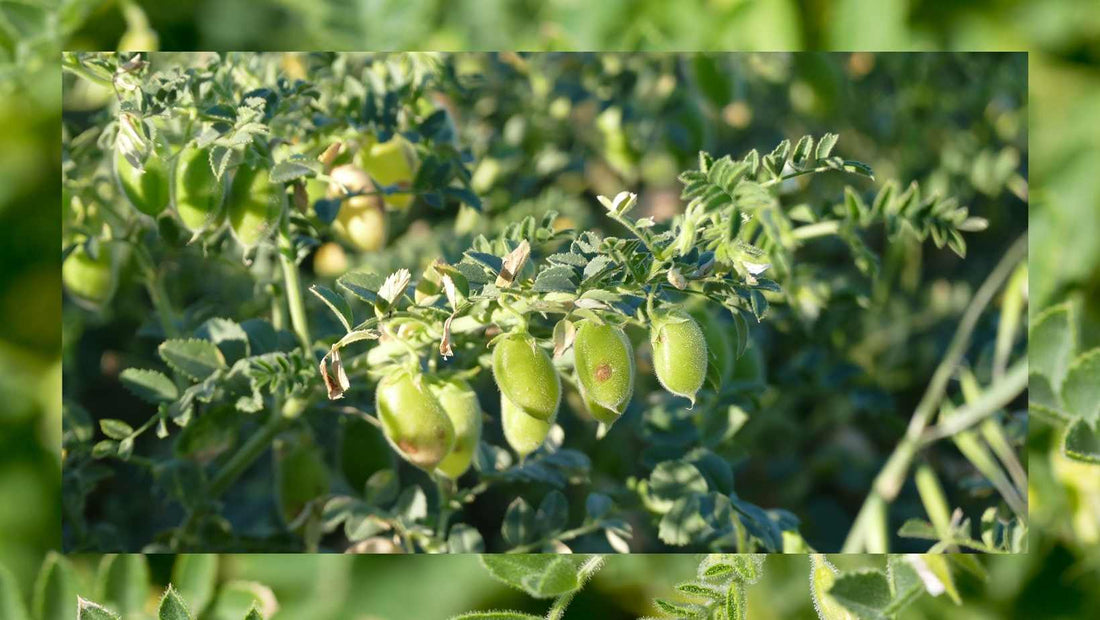
Chickpea Cultivation Management for Common Indian Farmers
Share
Chickpea, also known as gram, is a major pulse crop grown in India. It is a good source of protein, dietary fiber, and other nutrients. Chickpea can be grown under both rainfed and irrigated conditions. It is a relatively drought-tolerant crop and can be grown in a variety of soils.
Land preparation
The field for chickpea cultivation should be well-drained and have a loose tilth. The land should be prepared by giving one deep ploughing followed by two or three harrowing. The stubbles and debris from the previous crop should be removed.
Variety selection
There are many varieties of chickpea available, and the best variety to choose will depend on the local climate and soil conditions. Some popular varieties of chickpea include JG-11, JG-13, and JG-228.
Sowing
Chickpea is generally sown in October-November in rainfed areas and in November-December in irrigated areas. The sowing depth should be 3-4 cm. The seed rate for chickpea is 60-80 kg/ha.
Fertilizer application
The recommended dose of fertilizer for chickpea is 15-20 kg N and 50-60 kg P2O5 per ha. The entire dose of phosphorus and half the dose of nitrogen should be applied as basal dose. The remaining half dose of nitrogen should be applied as top dressing at the branching stage.
Irrigation
Chickpea is a drought-tolerant crop, but it requires irrigation in the early stages of growth, especially in rainfed areas. Two irrigations are generally recommended, one at the branching stage and the other at the pod filling stage.
Weed management
Chickpea is a poor competitor with weeds. Weeds can be controlled by a combination of mechanical and chemical methods. Pre-emergence herbicides such as pendimethalin @ 1.0 to 1.5 kg a.i. ha-1 can be used to control early flush of weeds. Hand weeding may be required to control the weeds that emerge later.
Pest and disease management
Chickpea is susceptible to a number of pests and diseases. Some of the common pests of chickpea include pod borer, leaf miner, and aphid. Some of the common diseases of chickpea include wilt, blight, and rust. Pests and diseases can be managed by a combination of cultural, mechanical, and chemical methods.
Harvesting
Chickpea is generally harvested in March-April. The crop is ready for harvest when the pods are brown and dry and the seeds are hard. Chickpea can be harvested manually or mechanically.
Tips for common Indian farmers
- Use certified seeds of high-yielding varieties.
- Apply fertilizers and irrigation at the recommended doses and times.
- Control weeds, pests, and diseases effectively.
- Harvest the crop at the right time.
By following these tips, common Indian farmers can improve their chickpea yields and get better returns on their investment.
